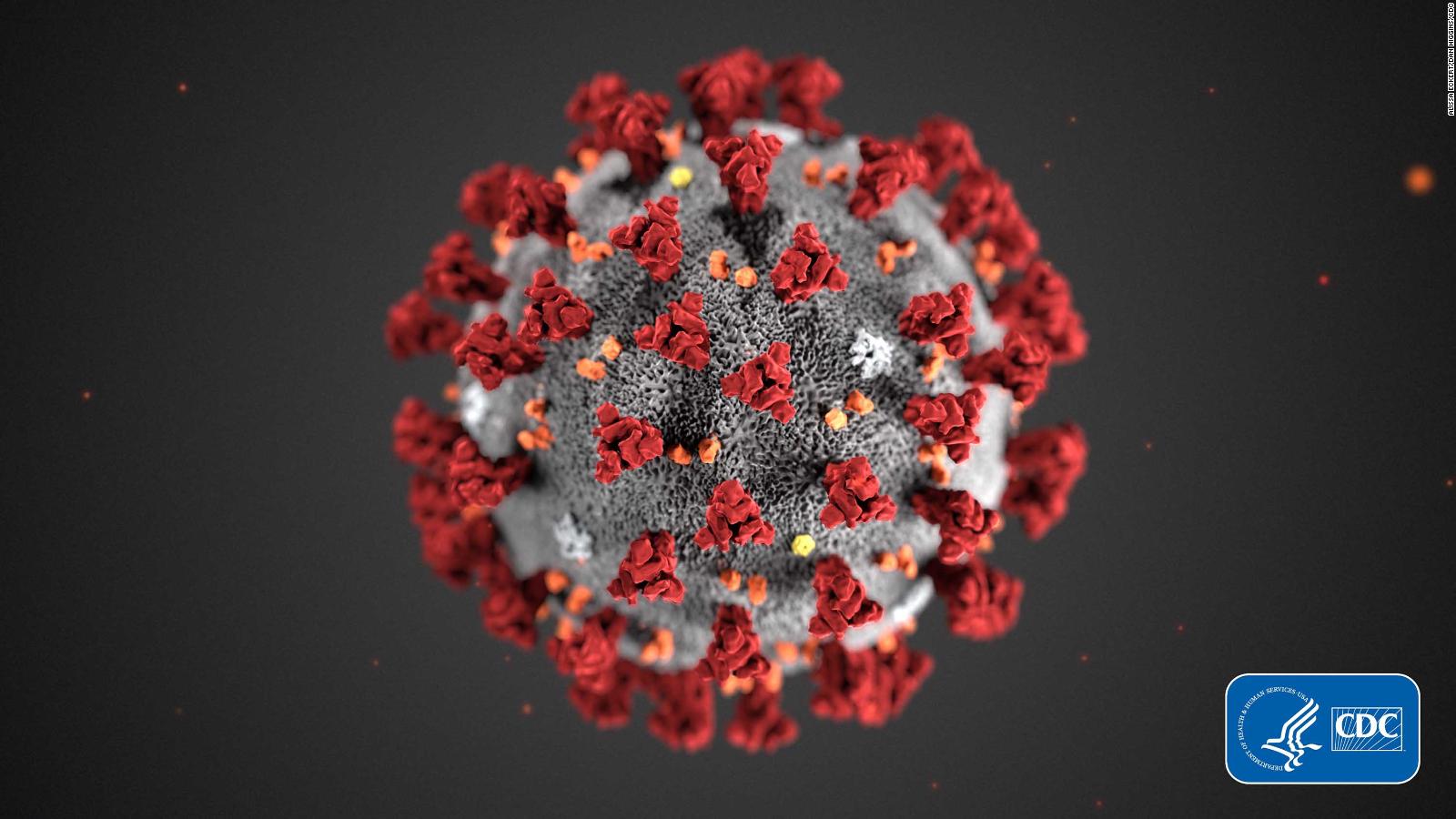"Traveling with a toddler and being seven months pregnant means lots of 'potty stops,'" said Balaban, a communications professional who moved from San Francisco to the Philadelphia area in early April. But Balaban worried that finding safe, clean public restrooms was going to be a challenge.
To mitigate the risk, she packed masks and disposable gloves. When stopping at gas stations, the family tried to avoid touching anything unnecessarily.
Everyone disinfected their hands each time they returned to the car, and Balaban wiped down "high-touch" surfaces likely to contain germs.
Still, the restroom thing was stressful.
And a new study underscores the potential risk, showing how flushing a toilet can send plumes of germs into the air. While the World Health Organization has said the risk of contracting Covid-19 from fecal matter appears to be low, it noted studies that have suggested the Covid-19 virus can be excreted in feces.
"If you don't have to use the public restroom, don't," said microbiologist Ali Nouri, president of the Federation of American Scientists. "That's the first thing you need to know."
Like Balaban, Nouri also took a recent trip by car, a three-hour drive over the weekend. He avoided stopping to use the bathroom and put a diaper on his 4-year-old. But as Americans adapt to the ongoing pandemic, he knows that skipping public toilets altogether isn't going to be possible.
"It's not always practical," he acknowledged. "Sometimes when you gotta go, you gotta go."
How risky are public toilets?
They're not great. Nouri said he's wary of public bathrooms because they're relatively small rooms. That makes it hard to practice social distancing, which scientists agree is essential to fighting the pandemic.
Toilets can also be poorly ventilated. "Bathrooms are enclosed spaces, and they don't have windows," he said. "So the virus, in an environment like that, is just going to linger."
That's aggravated by flushing toilets, which can send clouds of aerosolized particles circulating through the air. PSA: Always put the lid down before you flush, if there is a lid!
Powerful hot-air dryers can be an issue, too. High-powered jet air dryers dispersed a virus up to 3 meters, a 2015 paper in the Journal of Applied Microbiology found.
Finally, shared toilets have the same surface hazards of any public place during the pandemic: Door handles, faucets and other places may have been touched by a person infected with Covid-19.
Preventing human-to-human transmission
Of all the potential risks, Nouri noted that close contact with others is the most significant. The US Centers for Disease Control says person-to-person contact is the main way that Covid-19 spreads.
That means it's best to use a single-stall bathroom that you don't need to share.
Even if that's not possible, Nouri noted that wearing masks and practicing social distancing can mitigate some of the risk of using a public toilet.
"Masks are one of the most effective ways to stop human-to-human transmission," he said. "If people in a public bathroom are not wearing masks, think twice before going in." By wearing a mask you're mostly protecting those around you, rather than shielding yourself. Other people protect you when they wear masks.
Those in charge of maintaining public restrooms can also encourage good practices by taping off alternate sinks or urinals to ensure that visitors space out. But if you peek in the door and see a crowded room, it's a problem.
"If you can afford to wait until other people are done and they've left, then you should wait," Nouri said. "You're reducing the risk of inhaling aerosolized particles from other people."
Hand-washing and hygiene in a public toilet
Even if you're wearing a mask and social distancing, you should still be careful to wash your hands and practice good hygiene.
"This is a virus where we don't have pharmaceutical interventions," Nouri said. "We have these low-tech remedies and it's important to stick to the only weapons we have."
If you have a pair of disposable gloves, Nouri suggested wearing them while in the restroom then throwing them in the trash once you leave. You can even slide a clean plastic bag over your hand.
Otherwise, wash your hands for at least 20 seconds with soap and hot water after you use the toilet. Hand sanitizer works too, but the CDC says soap is the best option.
Next, dry your hands using paper towels. Not only can air dryers spread particles around the room, paper towels have been shown to remove any residual viruses more effectively than air.
Don't mess up your freshly cleaned hands by touching the germ-laden faucet handle. Use a paper towel to turn off the water and open the bathroom door, then throw it away as you leave.
Read about how to properly wash your hands
The bottom line on bathrooms
"It's important to think about relative risks," Nouri said. Moving around in public during the pandemic comes with an elevated danger of infection, but mask-wearing, social distancing and good hygiene can help a lot.
As the pandemic wears on, Nouri is less concerned about public restrooms specifically, and more concerned about complacency.
"We tend to forget that there is actually more virus out there today than there was when we (Americans) went into lockdown," he said. "We have to remember that it's a more dangerous world today than it was in mid-March."
Given that, Nouri hopes people stay on their toes.
When you do need to visit a public restroom, Nouri suggested we all use best practices then move on quickly. "You don't want to sit down and read the comics," he said.
"need" - Google News
June 23, 2020 at 03:13PM
https://ift.tt/37TfC0G
Public restrooms: What you need to know about using them safely amid the pandemic - CNN
"need" - Google News
https://ift.tt/3c23wne
https://ift.tt/2YsHiXz
Bagikan Berita Ini


















0 Response to "Public restrooms: What you need to know about using them safely amid the pandemic - CNN"
Post a Comment